The Ultimate Guide To Companion Planting For Tomatoes
The Ultimate Guide to Companion Planting for Tomatoes
Growing tomatoes is a rewarding experience, but it can also be challenging. One way to make it easier is to use companion planting. Companion planting is the practice of planting certain plants together to benefit each other. There are many different companion plants that can be beneficial for tomatoes, but some of the best include:
- Basil: Basil is a classic companion plant for tomatoes. It helps to repel pests, such as aphids, whiteflies, and tomato hornworms. It also improves the flavor of tomatoes.
- Marigolds: Marigolds are another great companion plant for tomatoes. They help to repel nematodes, which can damage tomato roots. They also attract beneficial insects, such as ladybugs and lacewings.

- Onions: Onions help to deter pests, such as aphids, thrips, and spider mites. They also help to improve the flavor of tomatoes.
- Garlic: Garlic is a strong-scented herb that helps to repel pests, such as aphids, spider mites, and Japanese beetles. It also helps to improve the flavor of tomatoes.
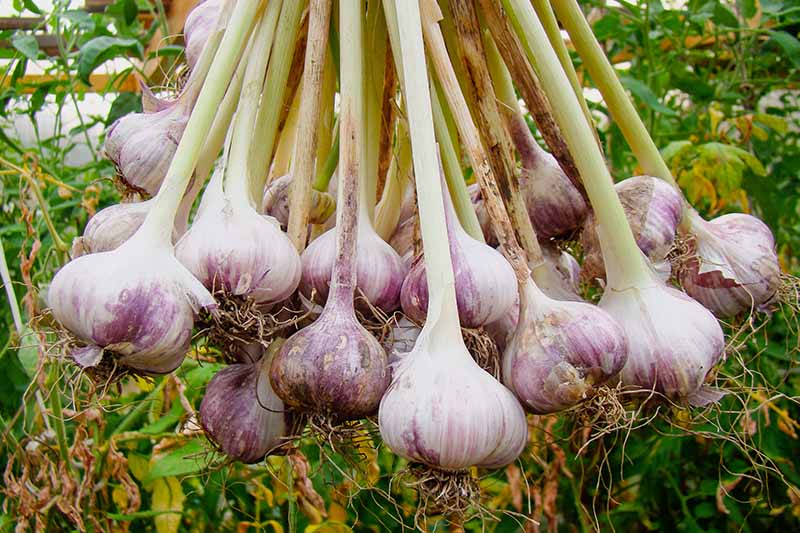
- Borage: Borage is a flowering plant that attracts beneficial insects, such as bees and butterflies. It also helps to improve the flavor of tomatoes.
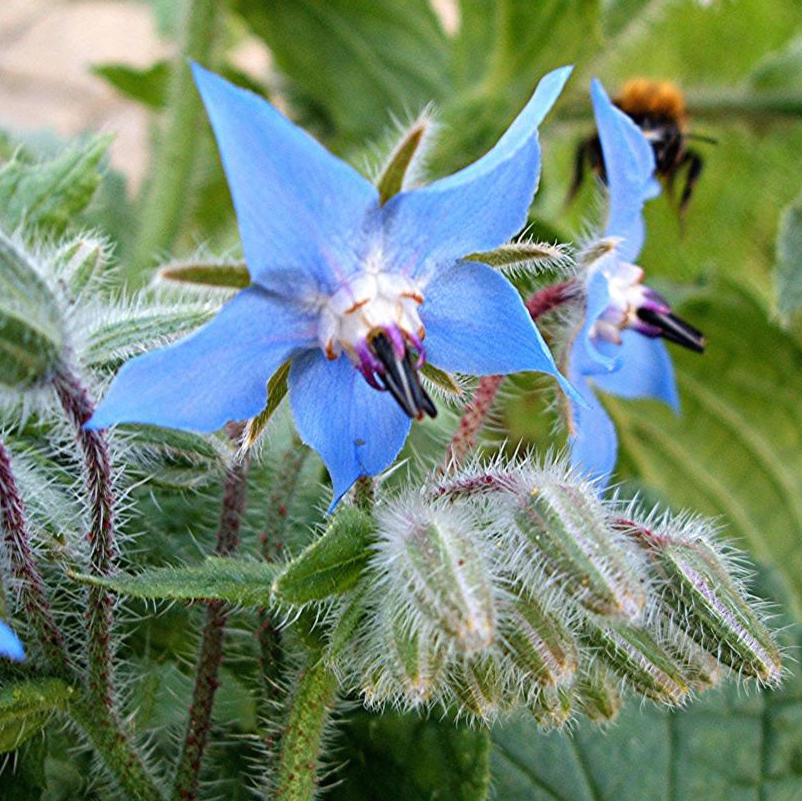
- Squash: Squash plants help to suppress weeds and improve the soil. They also provide shade for tomato plants, which can help to protect them from pests.
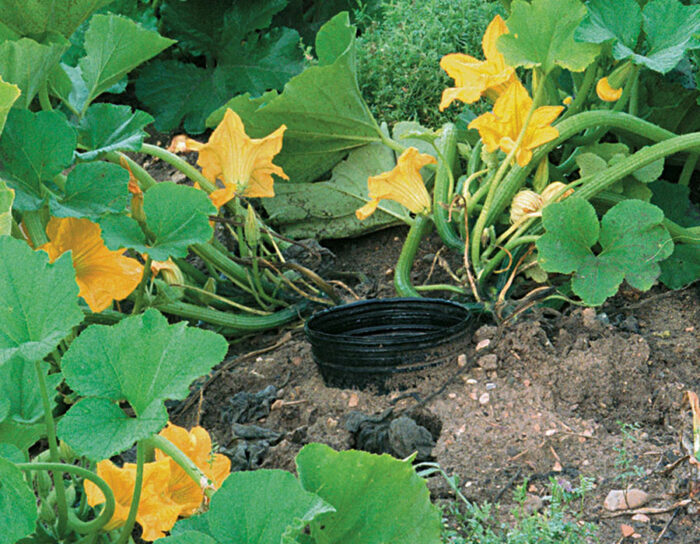
- Nasturtiums: Nasturtiums are another flowering plant that attracts beneficial insects. They also help to deter pests, such as aphids and whiteflies.

In addition to these specific plants, there are a few general principles of companion planting that can be beneficial for tomatoes. For example, it is a good idea to plant tomatoes with plants that have different root systems. This will help to prevent competition for nutrients. It is also a good idea to plant tomatoes with plants that have similar water and sunlight requirements.
When companion planting tomatoes, it is important to plant the right plants in the right places. For example, basil should be planted near tomatoes, but marigolds should be planted at a distance. This is because marigolds can release chemicals that can stunt the growth of basil.
Companion planting is a great way to improve the health and productivity of your tomato plants. By planting the right plants together, you can deter pests, improve the flavor of your tomatoes, and create a more balanced and productive garden.
Tomato Companion Plants
Tomatoes are a delicious and versatile vegetable that can be enjoyed in many different ways. But did you know that there are certain plants that can help your tomatoes grow better? These are called companion plants, and they can offer a variety of benefits, such as attracting pollinators, repelling pests, and improving soil health.
If you're looking for good tomato companion plants, I recommend visiting Gardenia Inspiration. This website has a comprehensive list of plants that are compatible with tomatoes, as well as information on the benefits of each plant. You can also find tips on how to plant and care for your companion plants, so that you can get the most out of them.
So what are you waiting for? Visit Gardenia Inspiration today and learn more about how to grow healthy, delicious tomatoes with the help of companion plants!
FAQ of good tomato companion plants
Q: What are the best companion plants for tomatoes?
A: Some of the best companion plants for tomatoes include:
- Marigolds: Marigolds are a great companion plant for tomatoes because they help to deter pests, such as tomato hornworms and aphids. They also attract beneficial insects, such as ladybugs and lacewings.
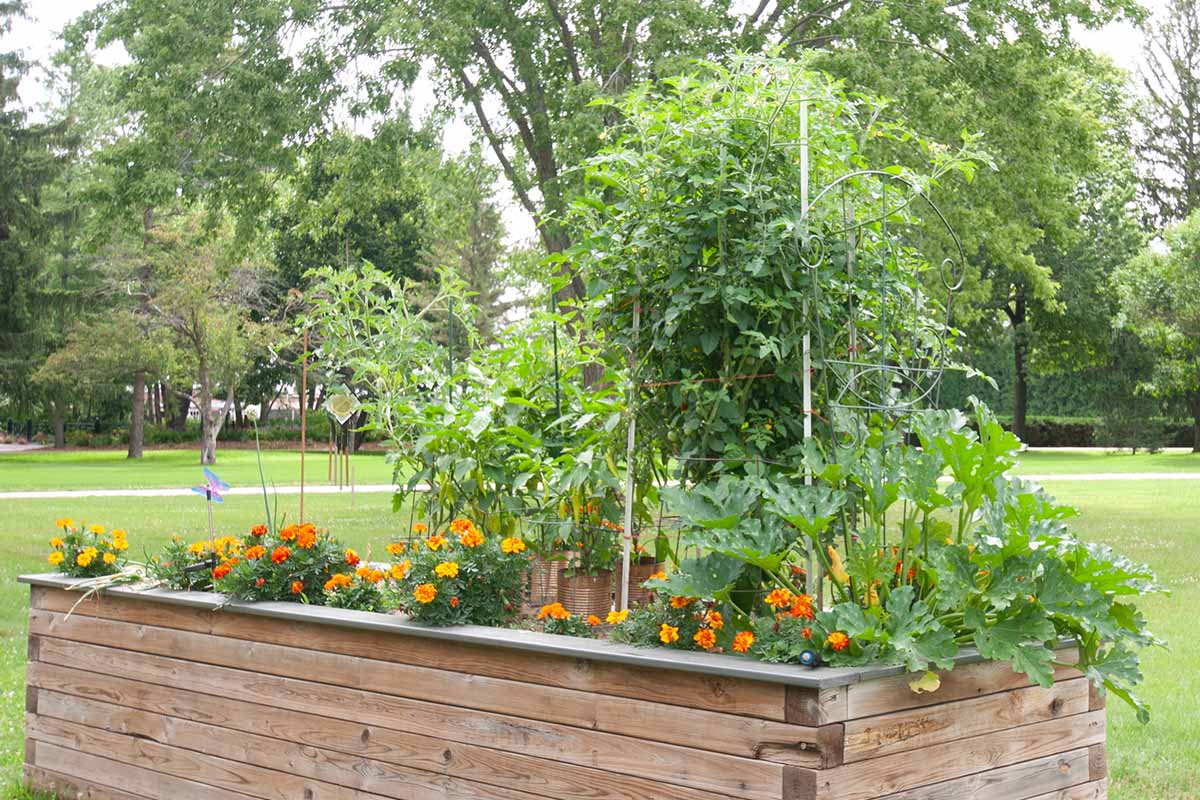
- Garlic: Garlic is another good companion plant for tomatoes. It helps to repel nematodes, which are a type of soil-borne pest that can damage tomato roots.
- Onions: Onions are similar to garlic in that they help to repel nematodes. They also help to improve the flavor of tomatoes.
- Basil: Basil is a popular herb that is often grown alongside tomatoes. It helps to improve the flavor of tomatoes and also helps to deter pests, such as whiteflies.
- Chives: Chives are another herb that is often grown alongside tomatoes. They help to improve the flavor of tomatoes and also help to repel pests, such as aphids.
Q: What are some plants that should not be planted near tomatoes?
A: Some plants that should not be planted near tomatoes include:
- Potatoes: Potatoes and tomatoes are members of the nightshade family, and planting them too close together can increase the risk of disease.
- Cucumbers: Cucumbers and tomatoes compete for the same nutrients, so planting them too close together can stunt their growth.
- Melons: Melons and tomatoes also compete for the same nutrients, so it is best to plant them in separate areas of the garden.
- Peas: Peas can attract pests that also target tomatoes, such as aphids and whiteflies.
- Spinach: Spinach can shade out tomatoes, stunting their growth.
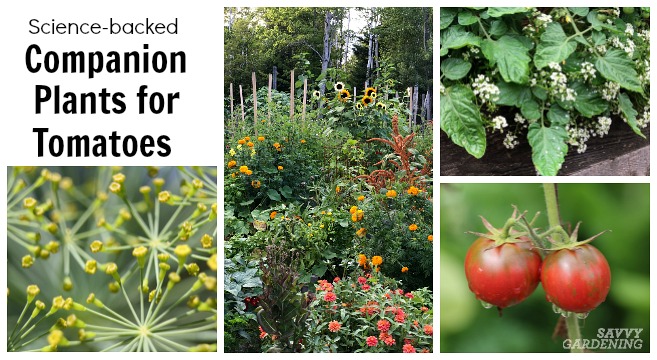
Q: What are the benefits of companion planting with tomatoes?
A: There are several benefits to companion planting with tomatoes, including:
- Disease prevention: Some companion plants, such as marigolds and garlic, help to deter pests and diseases that can damage tomatoes.
- Improved flavor: Some companion plants, such as basil and chives, help to improve the flavor of tomatoes.
- Increased yields: Companion planting can help to increase the yields of tomatoes by improving pollination and nutrient availability.
- Improved soil health: Some companion plants, such as clover and beans, help to improve soil health by fixing nitrogen and providing other beneficial nutrients.
Q: How far apart should tomato plants be planted?
A: Tomato plants should be planted at least 2 feet apart. This will give them enough space to grow and spread their roots.
Q: What are the basics of caring for tomato plants?
A: Tomato plants need full sun, consistent moisture, and well-drained soil. They should be fertilized regularly, especially during the flowering and fruiting stages.
Image of good tomato companion plants
- Basil: Basil is a classic tomato companion plant. It helps to deter pests and attract beneficial insects.
- Chives: Chives help to repel aphids and other pests. They also add flavor to tomatoes.
- Cucumbers: Cucumbers and tomatoes can be planted together because they have different water needs. Cucumbers prefer moist soil, while tomatoes prefer drier soil.
- Marigolds: Marigolds help to deter nematodes, which are pests that can damage tomato roots.

- Onions: Onions help to repel thrips, which are pests that can damage tomato leaves.
Post a Comment for "The Ultimate Guide To Companion Planting For Tomatoes"